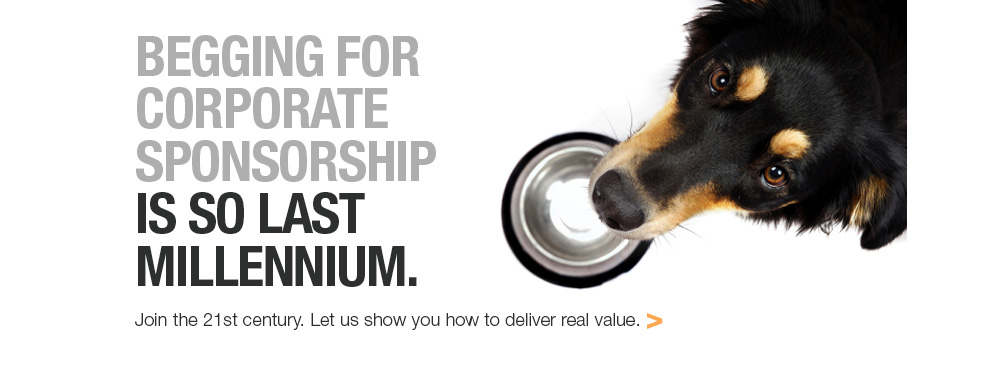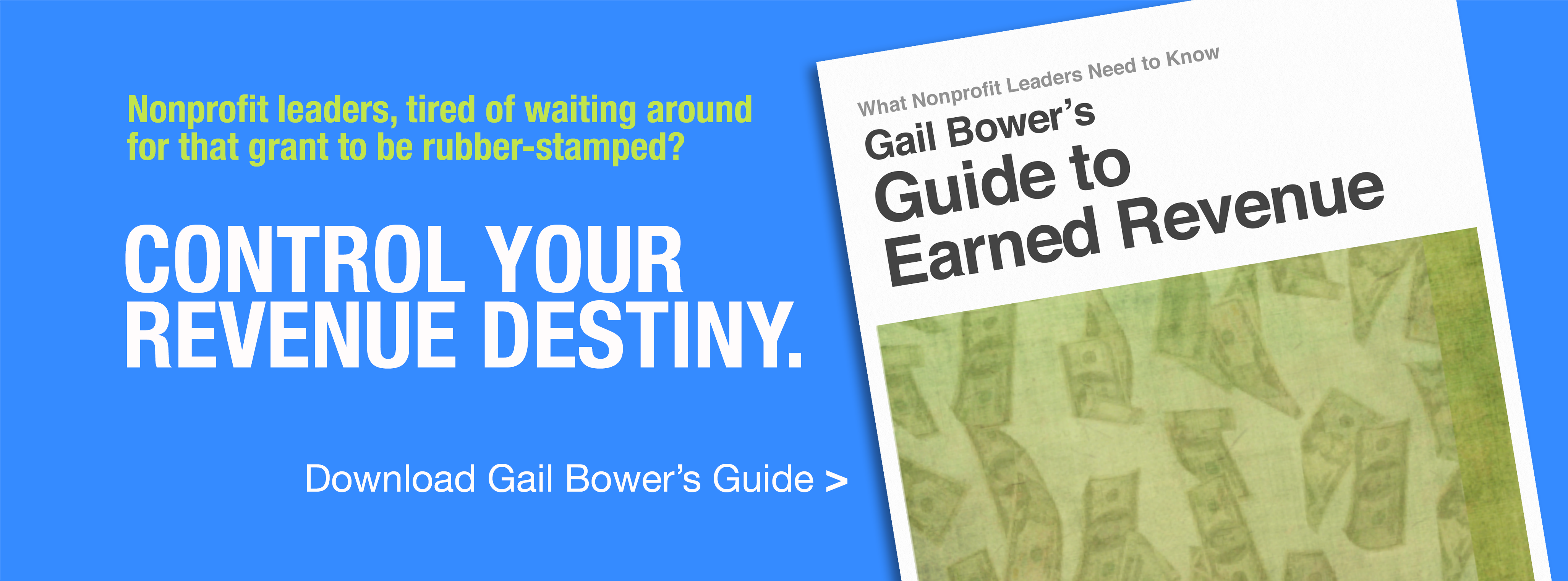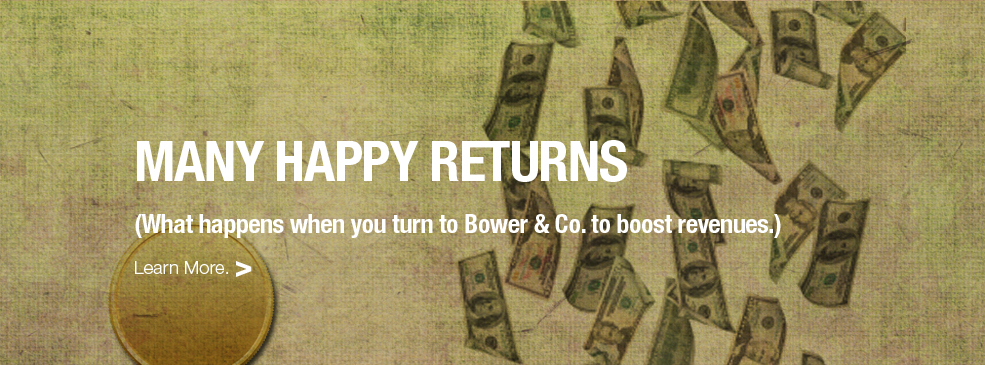Strategy + Your Brand
In an ideal world, your organization would set strategy before committing to a brand development process.
Uh-oh
If your stomach just flipped over, dreading the tedious, 6 to 12 month “strategic planning” process, you’ll be happy to know that that torturous way of looking at an organization and its future, only to come up with something that looks more like a giant to-do list, is pretty passé.
Instead, your strategy should allow your organization to stay constantly relevant, nimble, sustainable, and flourishing. And not return to ground zero every 3 years. The process should be fun and future-oriented, recalibrating and realigning everyone’s energy.
The Strategy Process
Let’s explore this process so that you have a better context for your brand process and how it fits with strategy.
Your overall strategy defines:
- the larger decision making framework for your organization,
- its business model,
- the programs and services that will deliver your vision and mission,
- and the operation needed to deliver those services.
It is the overarching framework within which all major decisions are made.
Another way to think about it is that your strategy answers the question, “What?” As in what are you going to do to accomplish your vision for the future?
Tactics address the "how,” or how specifically are you going to accomplish the strategy? Your tactics continue to flesh out your decision-making framework by identifying the right approaches to executing your strategy.
To Get Started
If you've never been part of this process, it begins by taking a good look at the internal and external landscape to assess what the marketplace needs. Sometimes that involves focus groups or other direct research to scan your environment. Whether you organization is early in its life or has been around for a while, the marketplace changes constantly. Nothing is the same today as it was 3, 5, or 10 years ago. And we can expect more change in 3, 5, and 10 years ahead.
The Future
That’s why you also have to look at trends, events, and issues surrounding your enterprise. You have new competitors, your constituents or customers have new needs, and your staff may have new competencies that provide your organization with certain advantages. And, if you’ve recently merged or created a new alliance, you may have new assets (intellectual property or talent, for example) and limitations to consider. Your strategy synthesizes all this information and points the direction forward.
Besides creating a new vision for your future, refining your mission statement, and determining the ways you’ll measure impact, your new strategy should also provide direction for your organization by defining these 6 components:
- Your service and marketing areas geographically
- Who your customer is
- What your role with these customers or constituents is and isn't
- What your current and future funding sources are
- The driving force behind your organization
- Your strategic profile for your key relationships, products, services, programs and events, establishing the innovation level needed.
As you can see, these important pieces of information that must be defined at a strategic, leadership level influence where your organization is heading.
They also influence the underlying concepts of your brand, which is why strategy comes first. Further clarity about your brand influences who your ideal sponsors would be. You’ll have greater success collaborating with partners whose brand aligns with yours.
In Real Life
I worked recently with an organization that had just merged with another. The new organization could have gone in one of several directions. We started first with taking the pulse of the marketplace to see what was needed. What work was completed from the original two organizations? What was ahead? And most importantly where did the community want to go?
Just when we had our arms around this new future, a huge opportunity landed in my client's lap. She had an opportunity to fold in a significant new pillar of the organization’s mission, resulting from changes of yet a third organization. Merging these three paths into one took a lot of synthesis and, when complete, created a clear path ahead — one she was very excited to explore and blaze.
Once your strategy is ready, your organization requires several sub-strategies, including your brand strategy, marketing communications strategy, sponsorship strategy, and the resource development or fundraising strategy. There may be other sub strategies required, but these four are interrelated and paramount for driving visibility, revenue and growth for the organization. You can see that they all emanate from your overall strategy.
When my client and I completed her new strategy, her team then got started on her brand. As you can see, had she started on her brand development process earlier, she’d have gone through several do-overs, wasting lots of time, money, and energy. The way we focused, the overall strategy influenced the brand development team enabling a stronger, more resonant brand overall. She was clear about her strategy, and her brand is reflective of that clarity.
You don’t need some boring, outdated document in a three-ring binder. You need a roadmap to your destination with the highlights and blind spots along the way noted. Feel free to branch off periodically as new opportunities arise, but know why you’re deviating from the original map and make sure you’ll ultimately arrive at your destination.
When it comes to branding and strategy, tackle strategy first. And don’t back into a strategy because you put brand first.
Wondering about your roadmap ahead? Feel free to call Gail Bower, 215/922-6937, for a confidential discussion to explore how she can support you with the cartography.










 January 3, 2016
January 3, 2016
Reader Comments